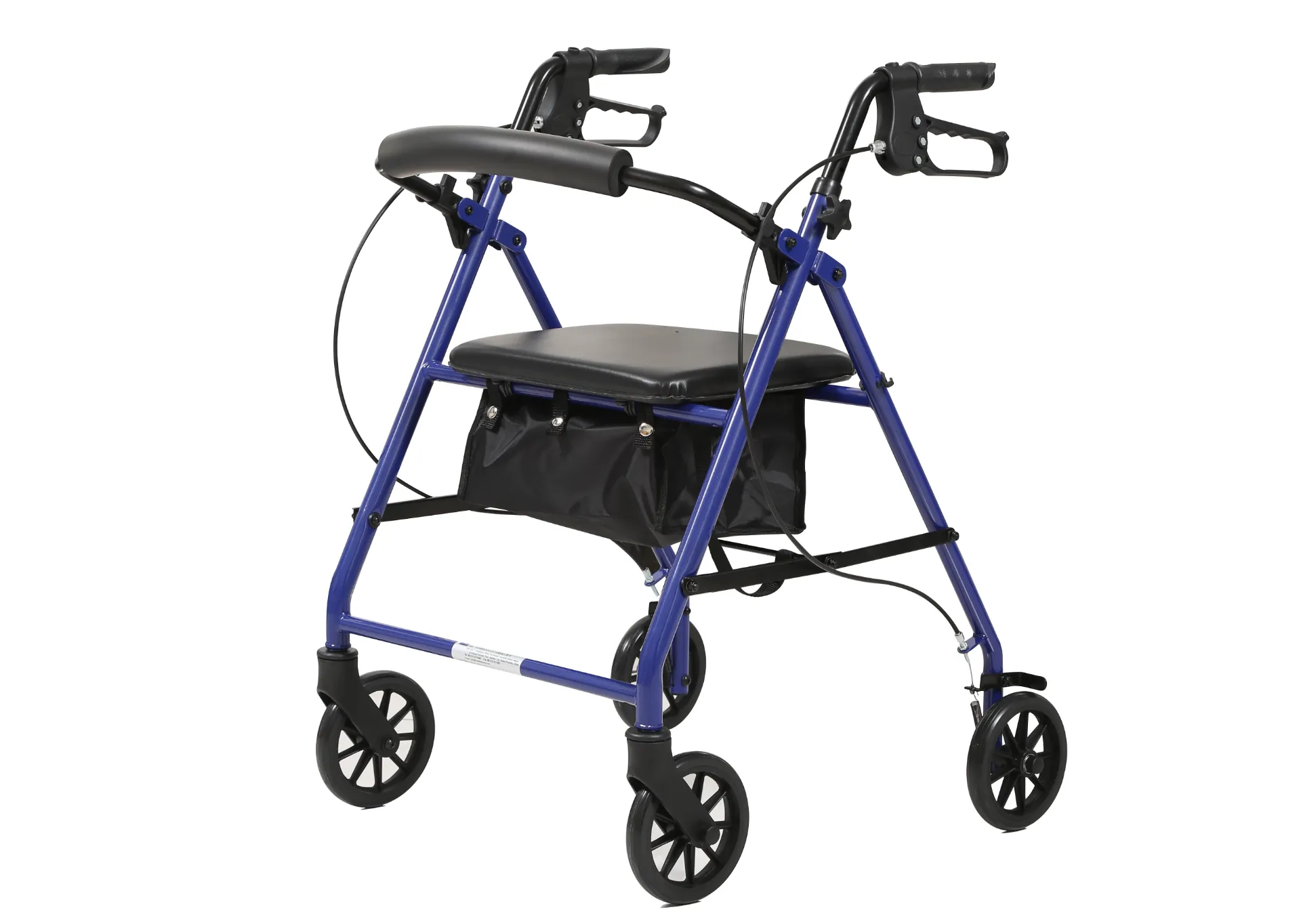Welcome to our websites!
crash carts for medical offices
The Importance of Crash Carts in Medical Offices
In the fast-paced environment of medical offices, the ability to respond quickly and efficiently to emergencies can mean the difference between life and death. One critical component of emergency preparedness is the crash cart. These mobile units are designed to provide immediate access to life-saving equipment and medications, ensuring that healthcare professionals can deliver prompt care in critical situations. This article will explore the importance of crash carts in medical offices, the essential items they should contain, and the best practices for maintaining them.
What is a Crash Cart?
A crash cart is a portable unit typically equipped with various medical supplies and equipment that are commonly needed during cardiac arrest or other acute medical emergencies. In a medical office, where immediate transport to a hospital may not always be feasible, having a well-stocked crash cart can significantly enhance the ability to stabilize a patient before they can be moved to a more equipped facility.
The Importance of Crash Carts
1. Rapid Response In emergencies such as cardiac arrest, every second counts. Crash carts are designed for quick accessibility, minimizing the delay in providing necessary treatment. With critical equipment stored in a designated, easily recognizable location, healthcare providers can quickly locate and retrieve what they need.
2. Comprehensive Care Medical offices often handle a range of health issues, and emergencies can arise unexpectedly. A well-stocked crash cart allows for a broader scope of care, not just in cardiac situations but also in instances of severe allergic reactions, respiratory distress, or other life-threatening emergencies.
3. Preparedness and Confidence Having a crash cart on-site promotes a culture of preparedness among medical staff. Knowing that they have immediate access to emergency equipment allows healthcare professionals to act with confidence, which can reduce panic during high-stress situations.
4. Compliance with Regulations Many healthcare regulations and accreditation bodies mandate that medical facilities maintain certain emergency preparedness standards. A properly equipped crash cart helps ensure that a medical office remains compliant with these requirements.
Essential Items for a Crash Cart
While the specific contents of a crash cart may vary based on the medical office's size and scope of practice, some essential items should be included
1. Advanced Cardiac Life Support (ACLS) Medications These include epinephrine, amiodarone, and atropine, among others. It's important to have an up-to-date list of medications along with their dosages and indications.
crash carts for medical offices

3. Airway Management Tools Nasopharyngeal airways, endotracheal tubes, and bag-mask ventilation devices are crucial for ensuring that patients maintain open airways during emergencies.
4. Intravenous (IV) Supplies Items such as IV fluids, catheters, and syringes should be readily available for administering medications or fluids quickly.
5. Basic Supplies Bandages, gloves, scissors, and tape are necessary for handling various medical situations.
6. Documentation Tools Having a clipboard or notepad can help staff record vital signs, medications administered, and other critical information during an emergency.
Best Practices for Maintenance
To ensure that crash carts remain effective, regular maintenance is essential
- Inventory Check Routine checks should be conducted to ensure all items are available and within their expiration dates. Discard expired items and replace them promptly.
- Training and Drills Medical staff should be trained on the crash cart's contents and should conduct regular emergency drills to practice their response.
- Accessibility The crash cart should be kept in a prominent location, clearly marked, and easily accessible to all staff members.
- Review and Update Regularly review the contents of the crash cart based on the evolving needs of the medical office and changes in clinical guidelines.
Conclusion
In conclusion, crash carts are indispensable resources in medical offices, enabling rapid and efficient responses to emergencies. By ensuring that these carts are well-stocked, properly maintained, and easily accessible, medical professionals can significantly improve patient outcomes during critical situations. Investing in the training and preparedness associated with crash carts is not just a regulatory requirement but a commitment to providing the highest standard of care.
-
Transforming Healthcare with Hospital FurnitureNewsJun.24,2025
-
Rehabilitation EquipmentNewsJun.24,2025
-
Mobility and Independence with WheelchairsNewsJun.24,2025
-
Freedom of Mobility with Our Rollator WalkersNewsJun.24,2025
-
Comfort and Independence with Commode ChairsNewsJun.24,2025
-
Bathing Safety and Independence with Shower ChairsNewsJun.24,2025
-
Navigating the Wholesale Landscape of Electric Mobility Solutions: Key Considerations for Power Wheelchair DealersNewsJun.10,2025











